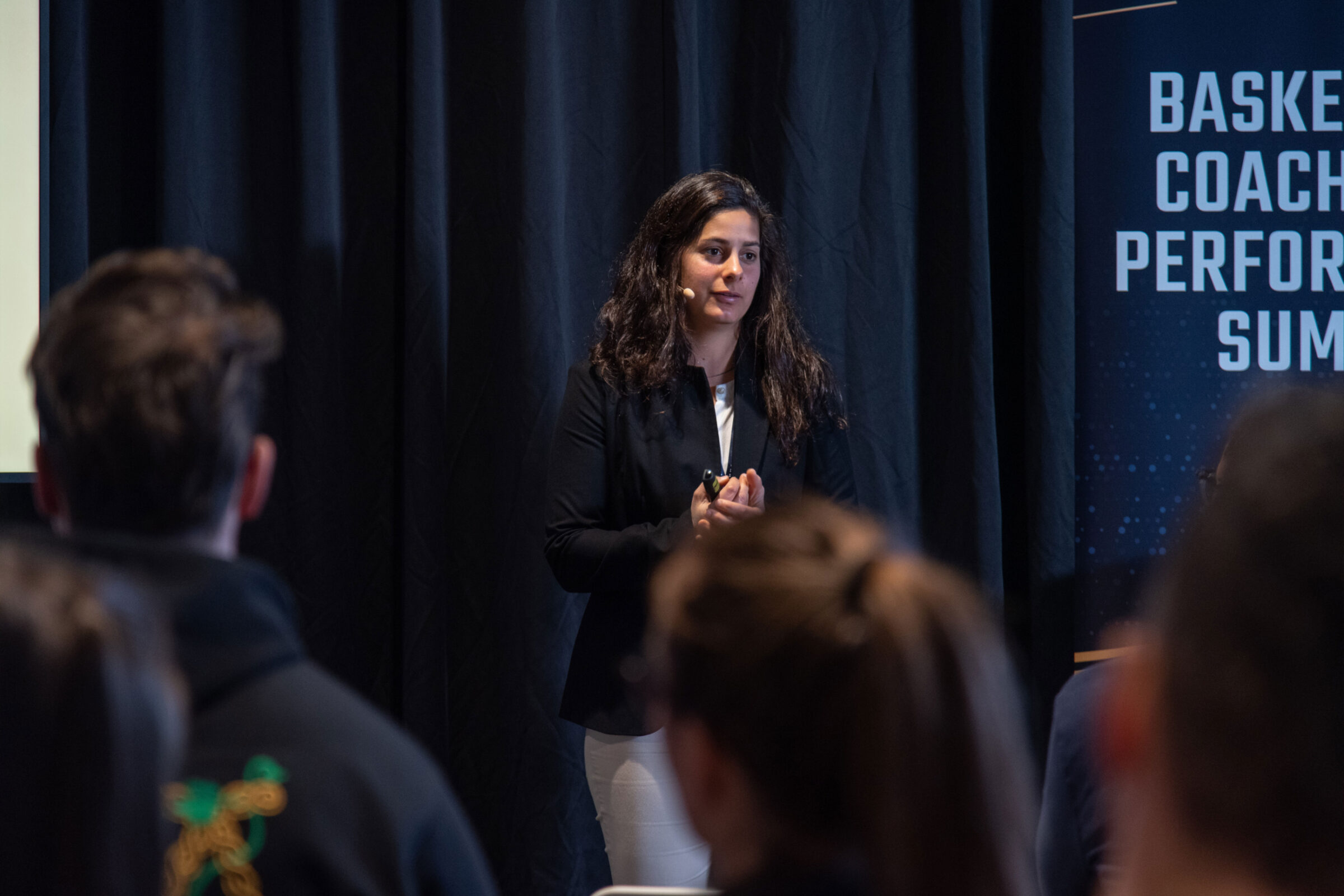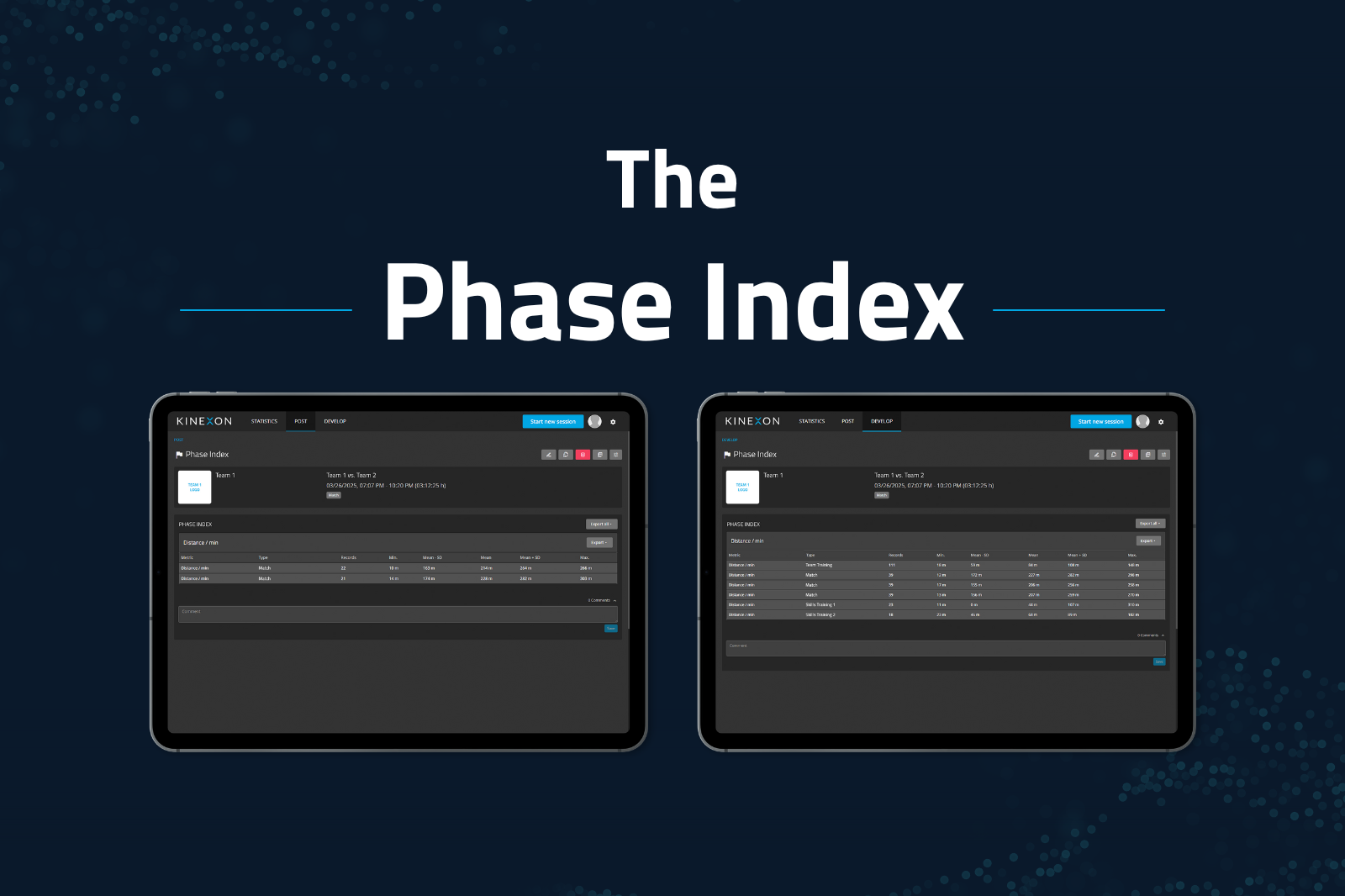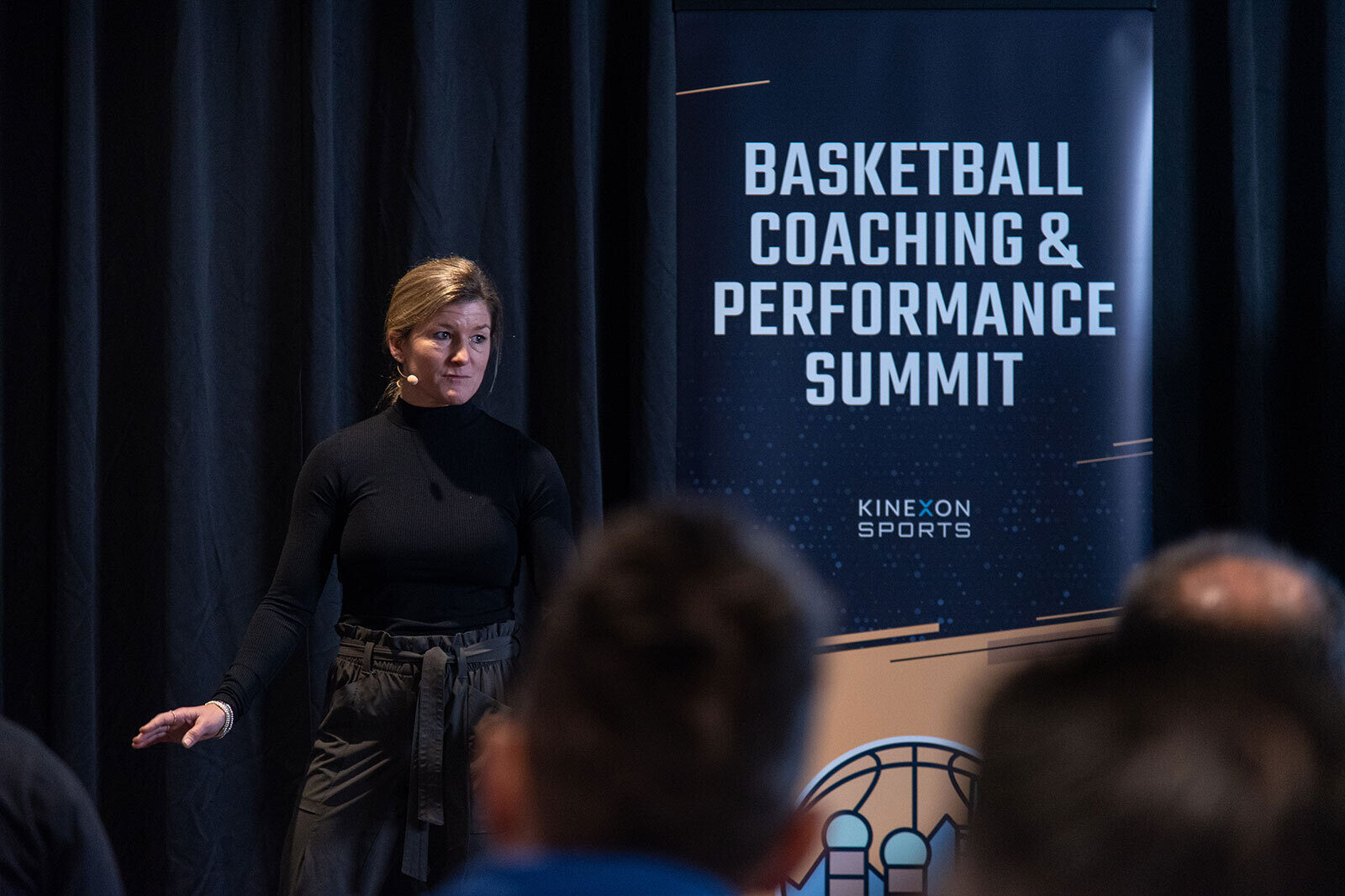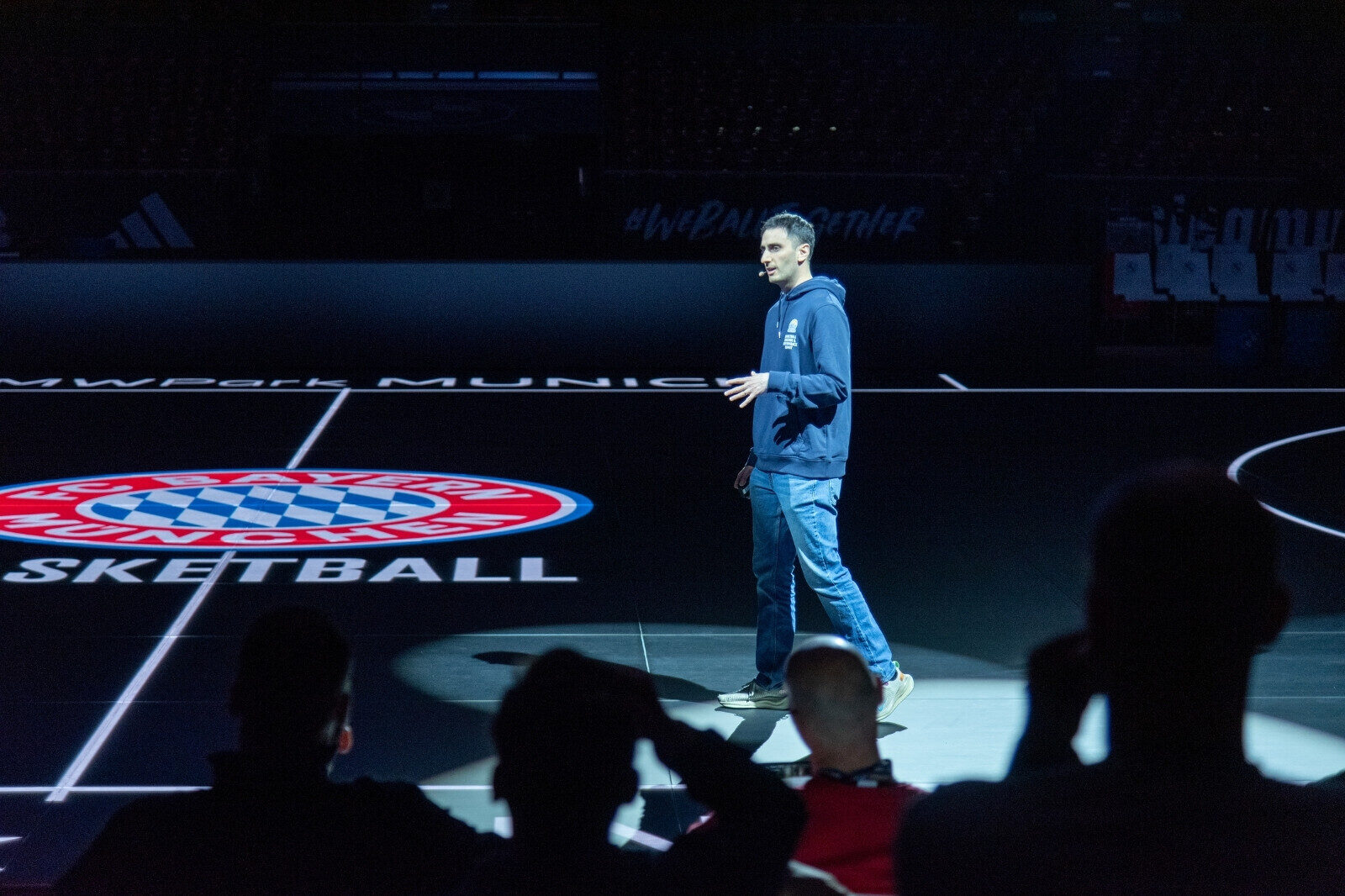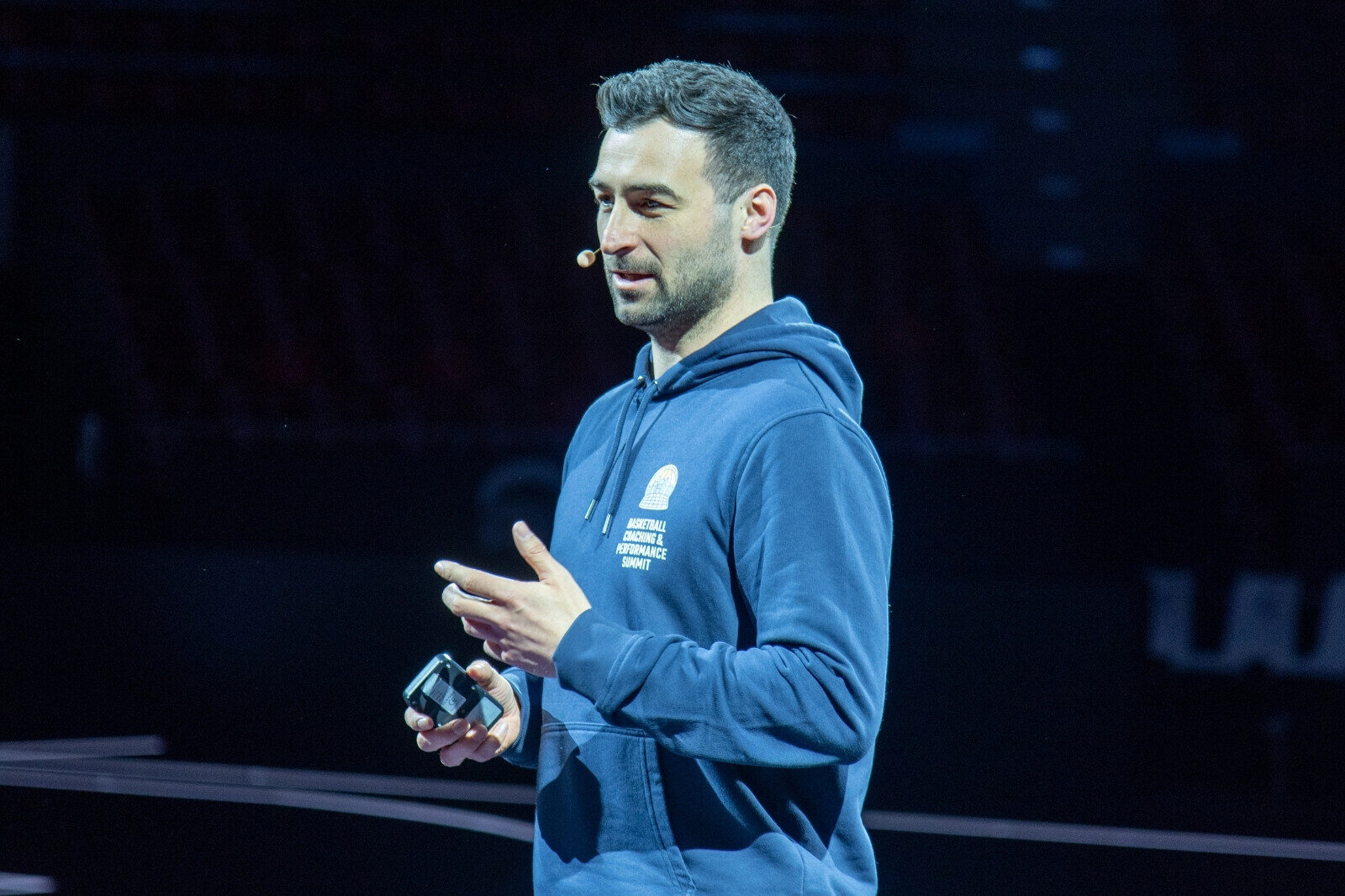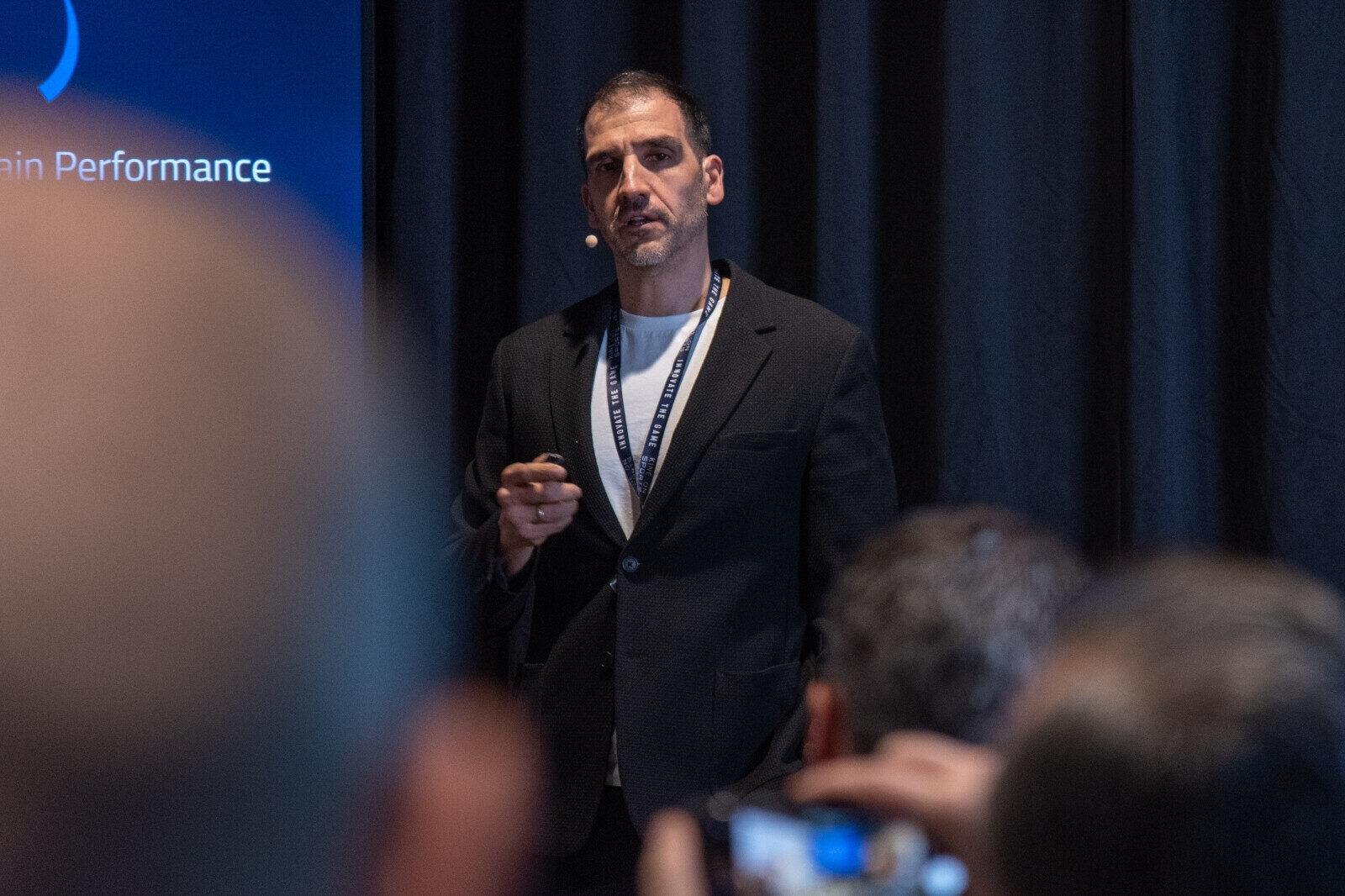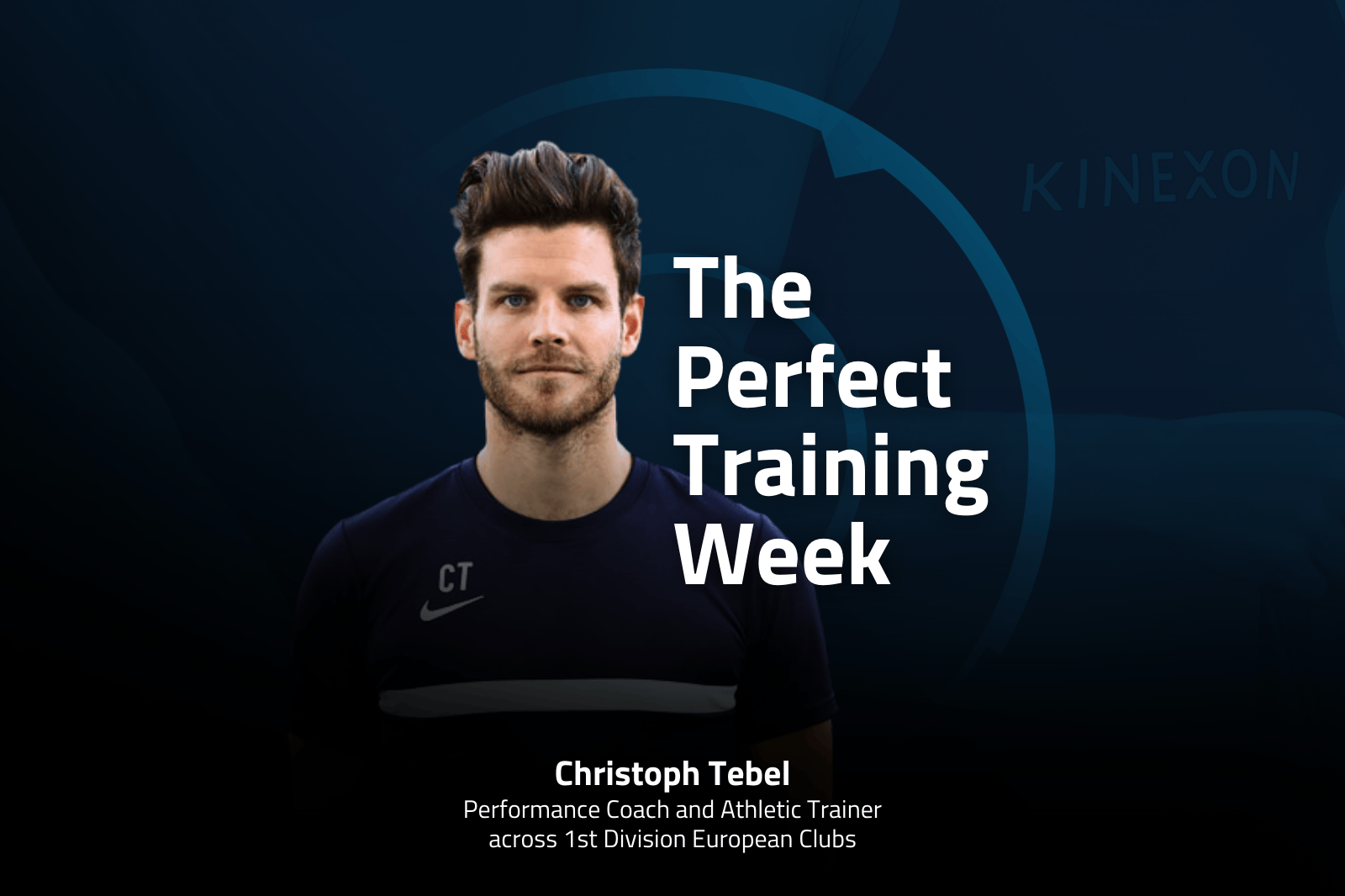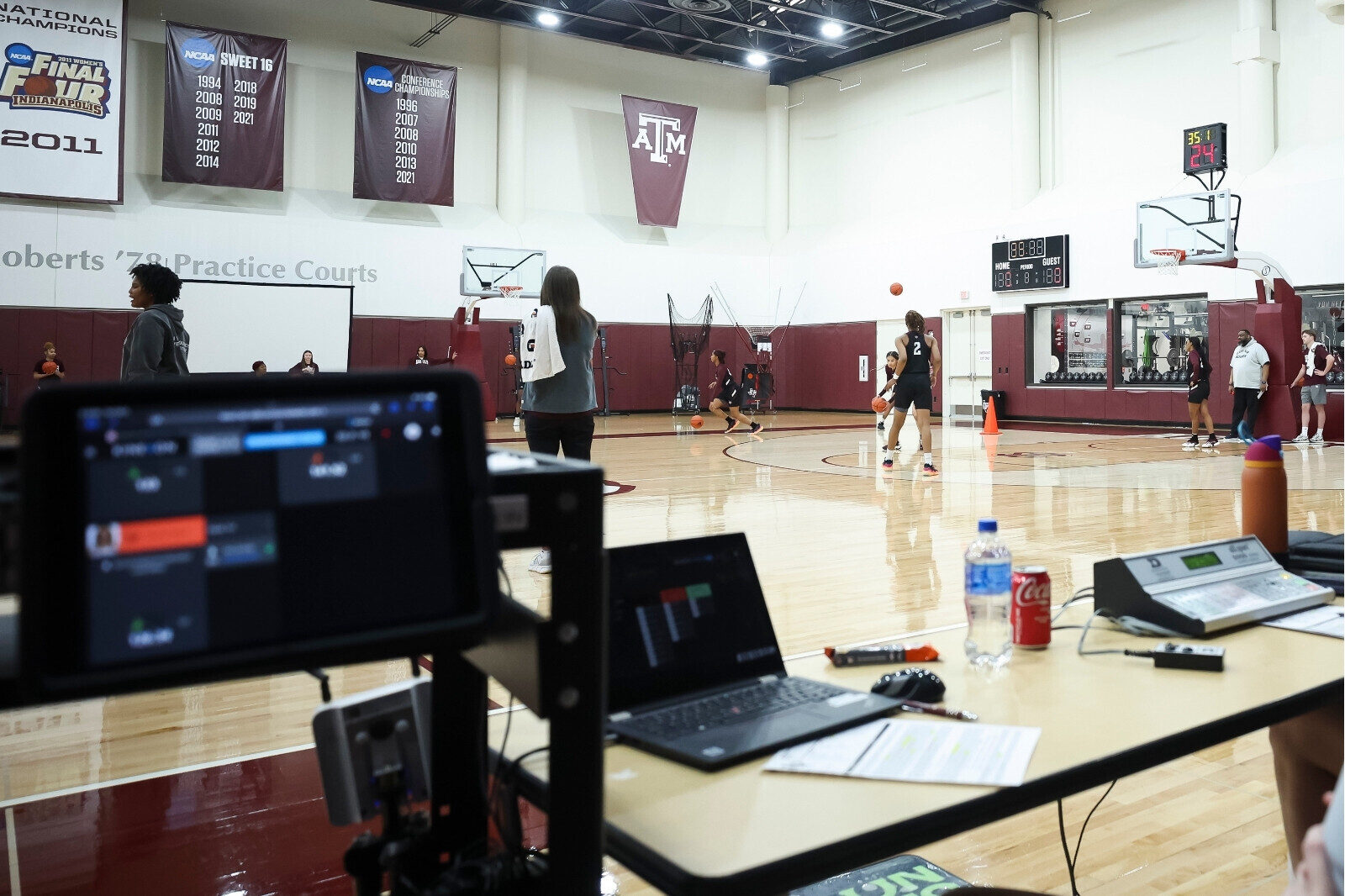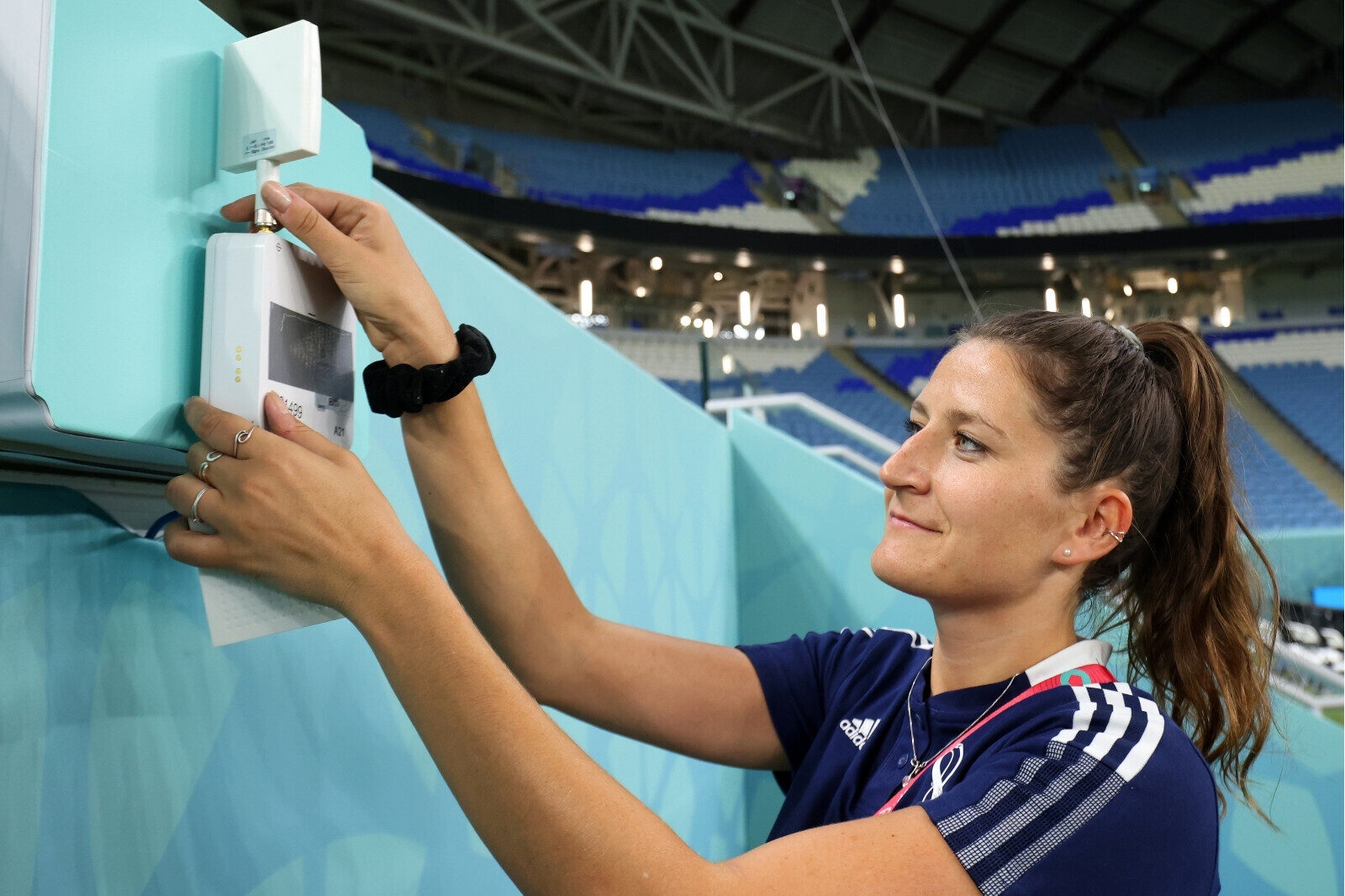Unlocking Player Potential with Shot Profiling
In college basketball, players spend nearly 80% of their time in practice — yet many teams lack effective systems to monitor practice shooting and translate those insights into improved game performance. Without a structured approach, coaches often rely on subjective observations rather than objective data to assess player performance. This disconnect leads to missed opportunities for talent identification and development, limiting a team’s ability to tailor training to individual player needs.
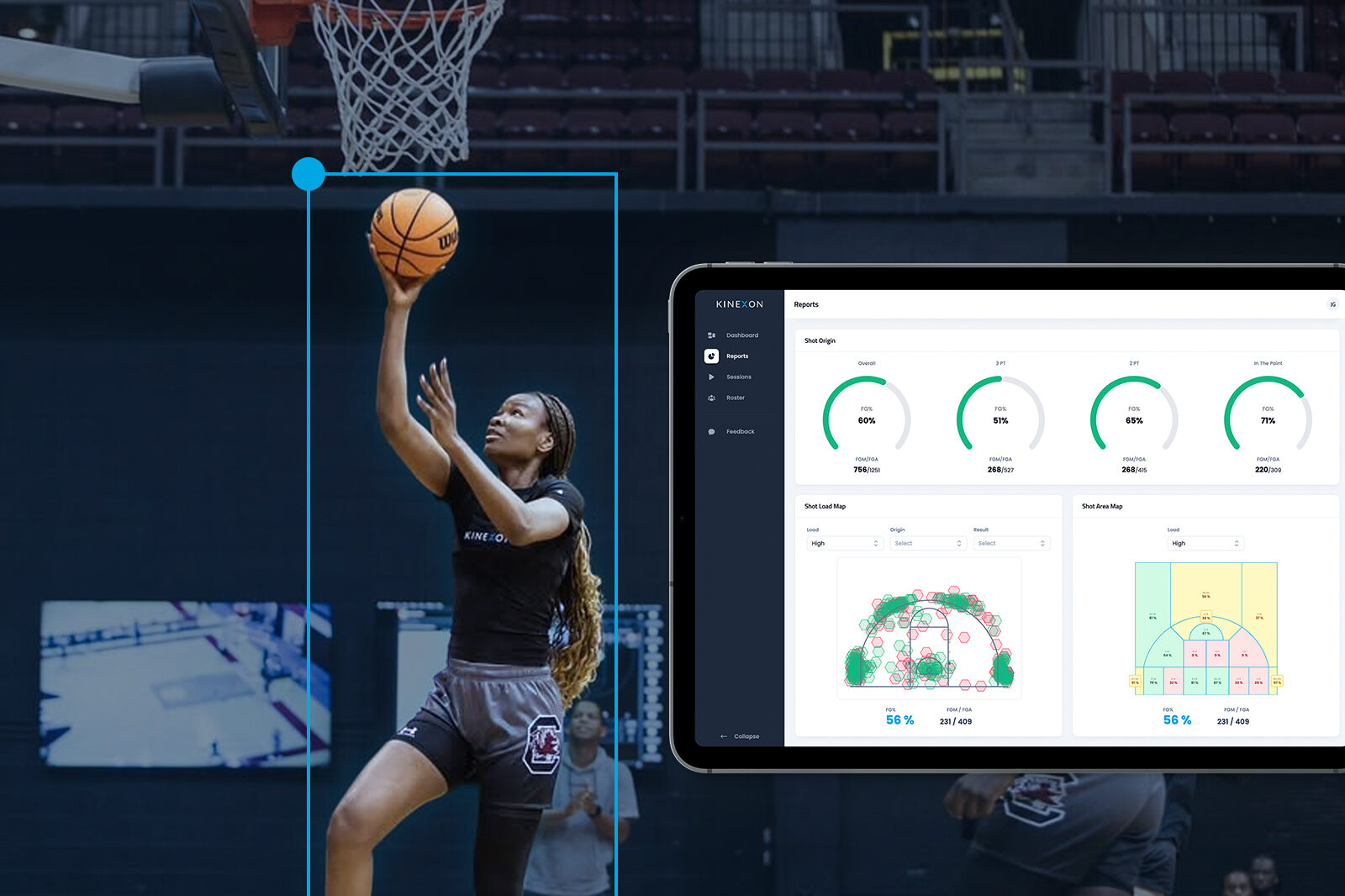
The Solution: Automated, Context-Rich Data Collection in Practice
An automated tracking solution that captures every on-court action can close this gap. By recording key shooting metrics — such as number of shots, makes/misses, and their location — while pairing each attempt with the player’s physical load or exertion leading up to the shot, coaches can categorize and contextualize shot data.
By clustering shots into different categories – Form Shots, Practice Shots and Game-Like Shots – coaches can gain insights whether their athletes practice under conditions that mimic the demands of competition and prepare them for in-game success.
This structured approach provides deeper insights into players’ shooting performance under varying conditions, enabling more accurate profiling and individualized development strategies.
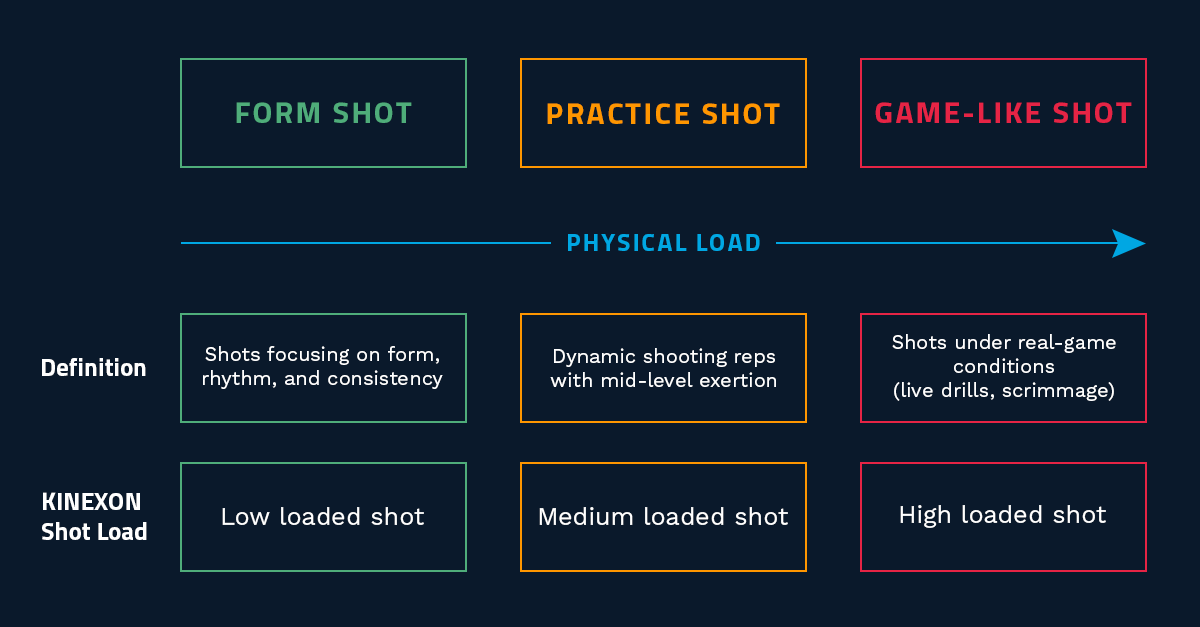
Understanding the Data - Shot Profiling in Action
The graph below illustrates the shooting performance of a college basketball team. It plots FG% (y‑axis) against FG% Deviation (x‑axis), which represents the difference between a player’s best and worst shooting clusters.
Top Left Quadrant – High FG %, Low Deviation
Type: The Consistent and Accurate Shooters
Analysis: Maintain high performance regardless of condition (e.g. fatigue, shot location, defensive pressure)
Training Tipp: Maintain rhythm for these players
Top Right – High FG %, High Deviation
Type: The Inconsistent but Accurate Shooters
Analysis: Shoot well, but performance varies significantly across conditions
Indicates potential, but they may struggle under fatigue, pressure, or
in less favorable situations
Training Tipp: Build consistency by working on specific conditions at a time, continue to work on weaknesses
Bottom Right – Low FG %, Low Deviation
Type: The Consistent but Ineffective Shooters
Analysis: Shoot poorly, but performance is stable across varying conditions, which indicates need for fundamental shooting development,
exemplary for developing / intermediate athletes who acquired and stabilized a sub-optimal shooting technique
Training Tipp: Optimize shooting mechanics and continue to build consistency over various conditions, develop shot selection, and introduce variability in practice
Bottom Right – Low FG %, High Deviation
Type: The Inconsistent and Ineffective Shooters
Analysis: Unreliable shooters with large swings in performance, which suggests both low level of skill development and high sensitivity to various external conditions which is typical for novice / beginner level athletes
Training Tipp: Work on skill acquisition, including and shooting mechanics initially to stabilize technique, then progress to incorporating changing
external conditions (e.g. fatigue, pressure, etc.)
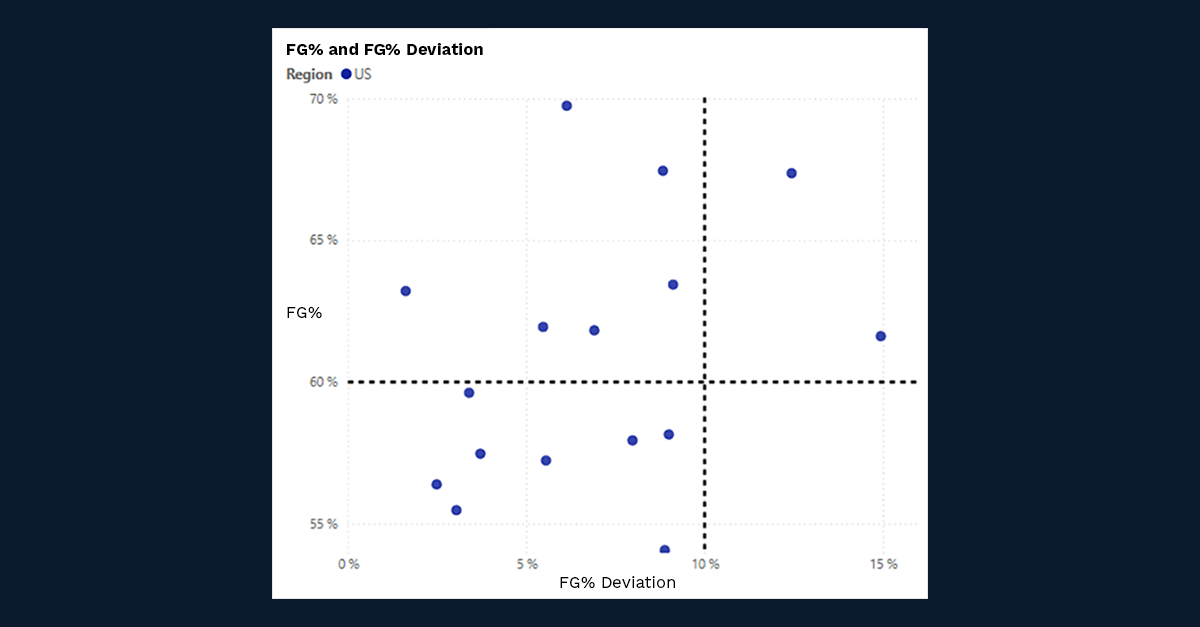
The Outcome: Data-Driven Player Development in Action
With this level of insight, coaches can transform how they approach player development in their daily training routines. For example, a coach notices that a player excels in practice situations but struggles under game-like conditions. The next day, the coach designs a drill that simulates high-pressure game situations- such as taking a shot within 5 seconds of a full-court transition or within the final seconds of a scrimmage. The player is repeatedly exposed to these conditions while tracking their field goal percentage, allowing the coach to measure improvement over time.
Additionally, during film sessions, coaches can overlay data onto game footage to highlight areas where players succeed and struggle. This targeted approach enables individualized shooting drills, tailored training plans, and strategic lineup decisions.
By integrating a shot profiling system, coaching staff can maximize player potential, fine-tune training regimens, and ultimately increase in-game success. The ability to translate practice performance into game readiness is the key to gaining a competitive edge in college basketball.
Are you interested in speaking with our experts to learn more about how performance tracking technology can support your coaching staff? Submit a demo request below!

